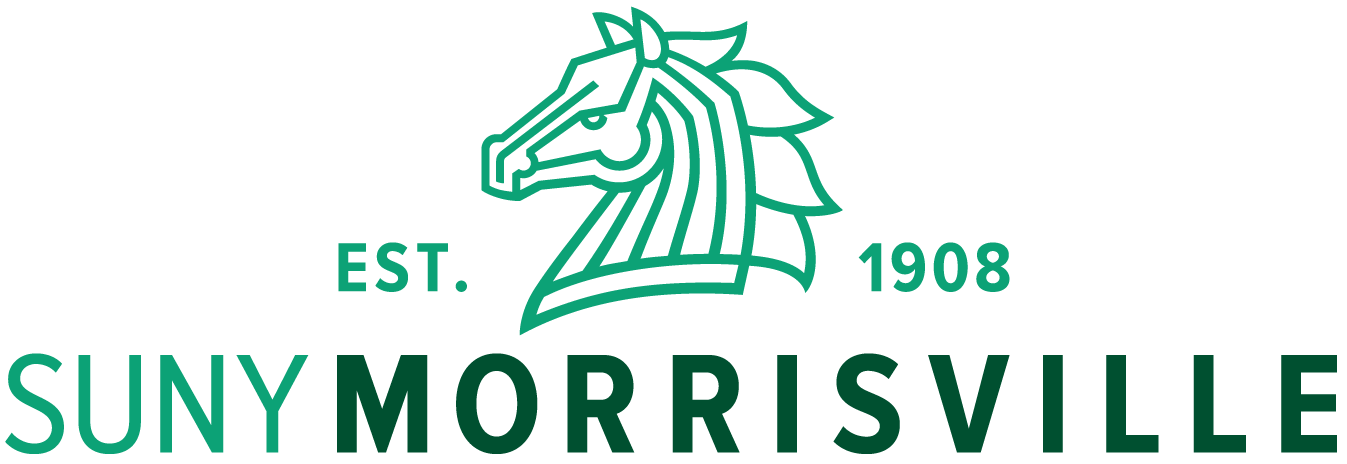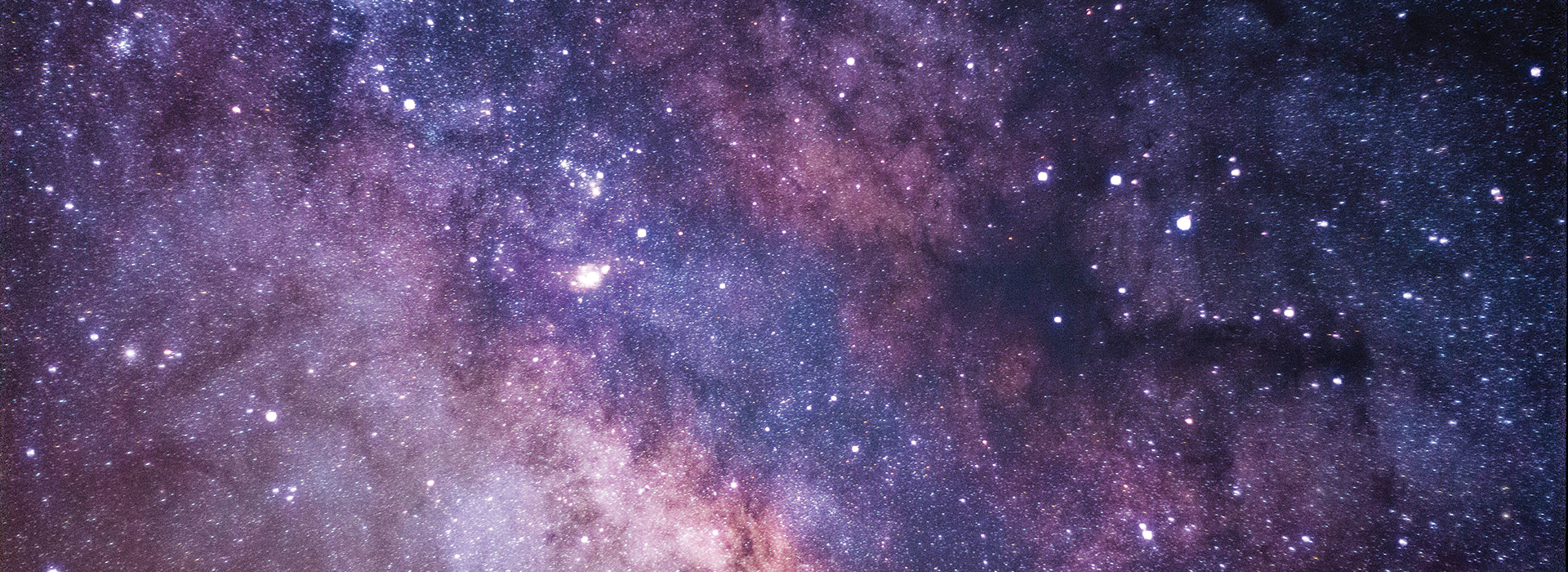With love and care, Jerome “Jay” Caretti tends to SUNY Morrisville’s portal to the stars.
Painted silver and capped with a domed top resembling a silo, the Observatory stands atop a hill off Skyline Drive, on the east side of campus, overlooking Route 20. It is owned by the college and available to both students and the public.
The Observatory houses a 12.5-inch, handmade Schelter Newtonian telescope estimated to be 100 years old. The measurement refers to the instrument’s aperture (which is the diameter, in inches, of its light-collecting mirror and of the body of the telescope itself). It was donated to the college by Colgate University in 1967. Both the facility and the telescope are managed and maintained by Caretti, whose passion for astronomy has powered his continued role of dedicated caretaker beyond his college retirement.
“At least they tell me I’m retired,’’ Caretti said with a smile. He looks younger than his 73 years and is wearing a green SUNY Morrisville sweatshirt and navy blue NASA cap. “This is just kind of like a hobby for me.’’
Caretti believes the telescope was made by hand and polished sometime between 1900 and 1920. Polishing refers to the process of grinding glass to remove bubbles, pits and grit and create the smoothest possible surface for viewing, Caretti explained. In 2006, he undertook a project to restore its optimum usefulness, with help from students and faculty. He took the telescope apart piece by piece and cleaned, refurbished and reassembled it.
They stripped the body of the scope and members of the college’s Automotive Department repainted it.
A new eyepiece he created with brass matches the time period of the telescope. Parts of the scope had rusted significantly over the years. “The mirror was decrepit,’’ he said, adding that it was cleaned and coated to gain better visibility through it.
More than a decade later, the telescope is still in need of constant tender loving care, Caretti said. Approximately six and a half feet long and more than 200 pounds, it isn’t as sleek and compact as telescopes on the market today, but it has its value for hands-on learning.
- Jerome Caretti
To see the sky, you open the roof of the observatory and rotate it as needed, then point the telescope in the direction of objects to view.
“It’s not a professional telescope, but it’s an excellent teaching option,’’ Caretti said.
Caretti grew up in Cleveland, Ohio, and got his first memorable glimpse of the vastness of space through a pair of binoculars. He beams when describing the thrill of
clearly seeing the Pleiades, a star cluster known as the seven sisters, and one of the brightest star clusters in the sky.
That experience helped to cement his interest in science and astronomy, and he graduated to telescopes for stargazing, including some instruments that he has built himself throughout the years.
After high school, Caretti served in the Army and worked for AT&T for a number of years. He joined the SUNY Morrisville staff in 1982 and served as an instructional
support associate in the Electrical Engineering Department for more than 20 years.
He has used this avenue to share his knowledge through lectures on astronomy and related subjects and regularly leads students and members of the campus community on guided nighttime outings to the Observatory.
This semester, Caretti took his love one step further by starting an “Astronomy Interest Group’’ on campus.
Some weeks, the fickle Central New York weather has cooperated and Caretti has taken a small group up to the Observatory to view the heavens through the telescope. Other weeks, he has offered a short presentation in the classroom.
“Unfortunately, the climate in our area doesn’t boast a lot of clear nights,’’ Caretti said. “But if it’s clear at night, it’s awe inspiring up here.’’


